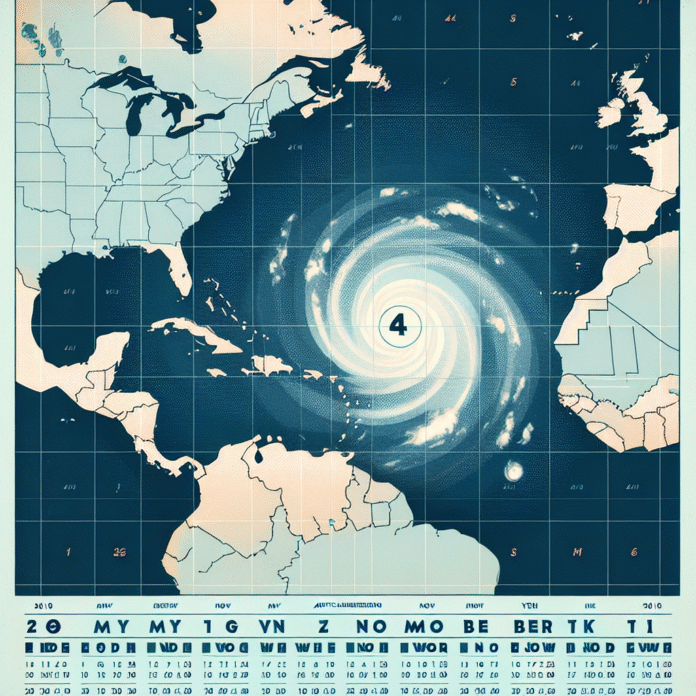Atlantic Hurricane Season Begins Again Without Any Named Storms for the Fourth Consecutive Year
Atlantic Hurricane Season Begins with No Named Storms for Fourth Consecutive Year
As the Atlantic hurricane season officially commences, meteorologists are observing a notable trend: for the fourth year in a row, the season has started without any named storms. This phenomenon raises questions and concerns about the potential implications for weather patterns and coastal communities.
Typically, the hurricane season spans from June 1 to November 30, marking a period when oceanic conditions are most conducive to storm formation. While the absence of named storms in early June might seem like a relief, experts caution that it does not necessarily predict a quieter season overall. Historical data indicates that significant storms can still emerge later in the season, often leading to intense weather conditions.
Understanding the Factors Behind the Lack of Early Storms
Several factors contribute to the lack of early-season storms. One major influence is the presence of dry air in the atmosphere, which can inhibit storm development. Additionally, cooler sea surface temperatures in the Atlantic Ocean can limit the energy needed for storms to form. Meteorologists also point to the impact of wind patterns and atmospheric conditions, which can either promote or suppress tropical cyclone activity.
The Implications for Coastal Communities
The absence of early storms might offer a temporary sense of security for coastal residents and businesses, but the potential for severe weather remains. Communities must remain vigilant and prepared for the possibility of intense storms later in the season. Preparedness measures, including emergency plans and resource availability, are crucial for minimizing the impact of hurricanes when they do arise.
Looking Ahead: Predictions for the 2023 Hurricane Season
Forecasts for the 2023 hurricane season suggest that conditions could shift as the summer progresses. Climate models indicate that the likelihood of above-average storm activity may increase later in the season, particularly if ocean temperatures rise and atmospheric conditions become more favorable for cyclone development.
It is essential for residents in hurricane-prone areas to stay informed about weather updates and to heed warnings from local authorities. Preparedness is key, and individuals should review their emergency plans, stock up on supplies, and ensure that communication channels are open.
Conclusion
While the Atlantic hurricane season has started without named storms for the fourth consecutive year, this does not diminish the importance of preparedness and awareness. As history has shown, the calm of early June can quickly give way to the fury of hurricanes, making it crucial for communities to remain proactive as they navigate the challenges of the season ahead.


